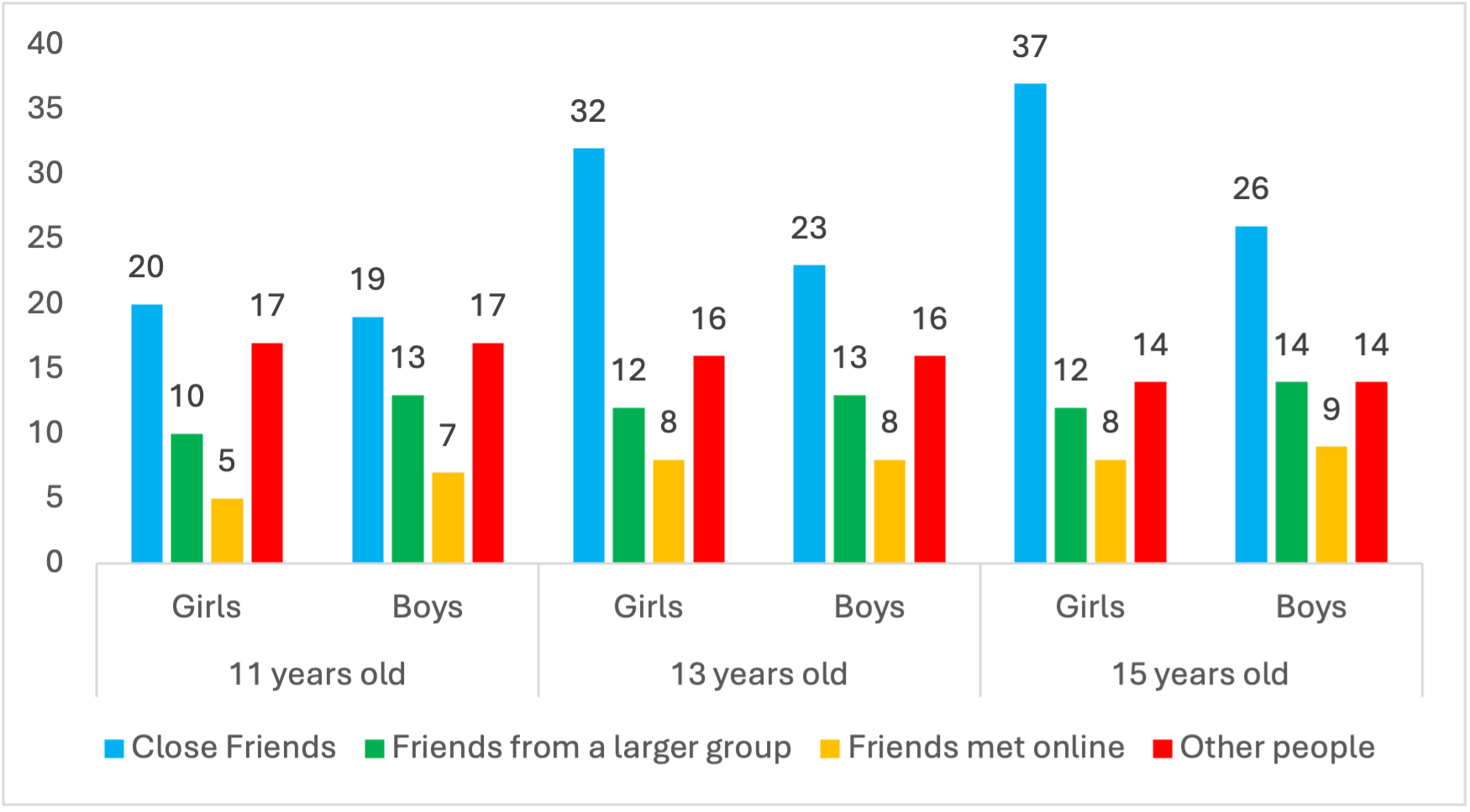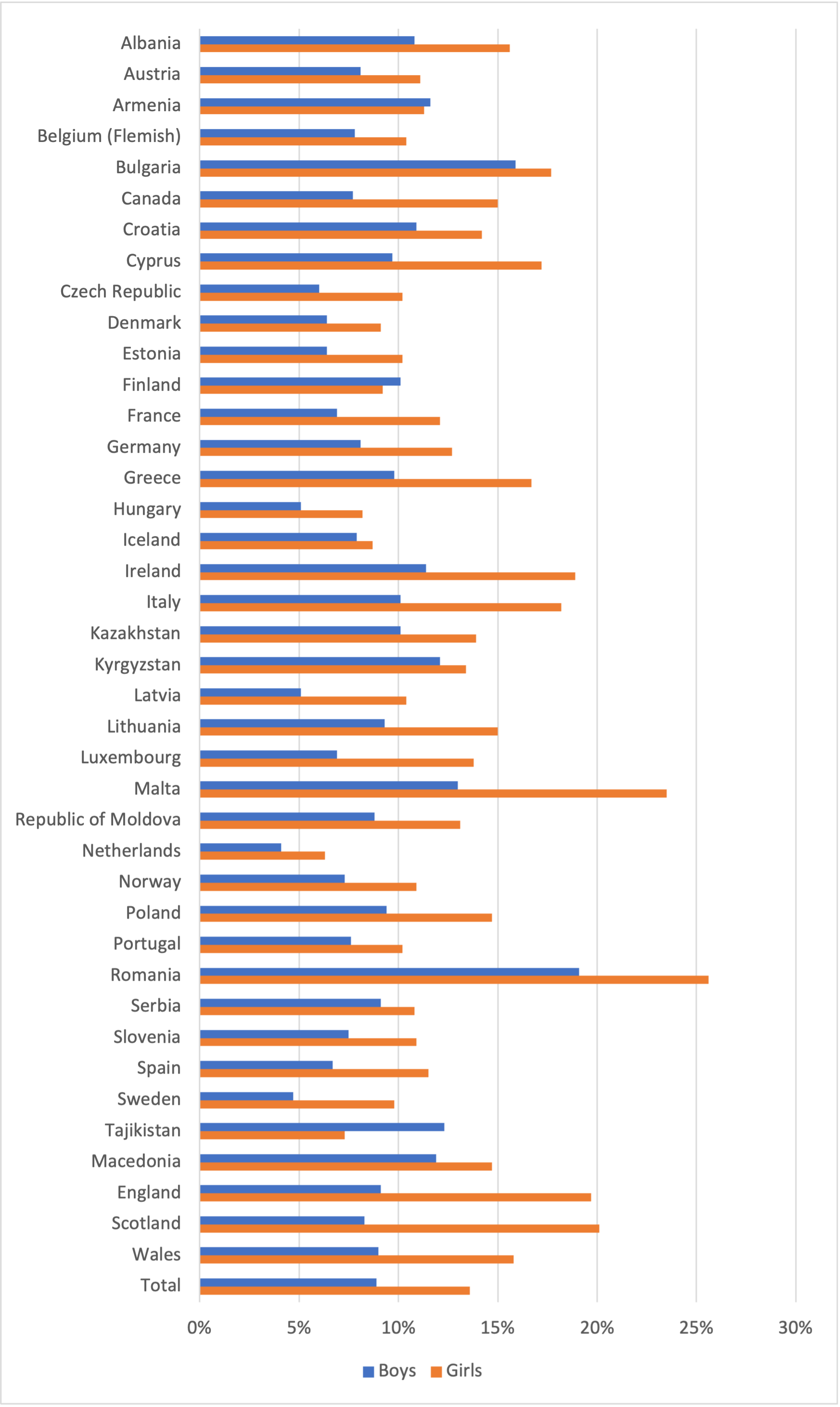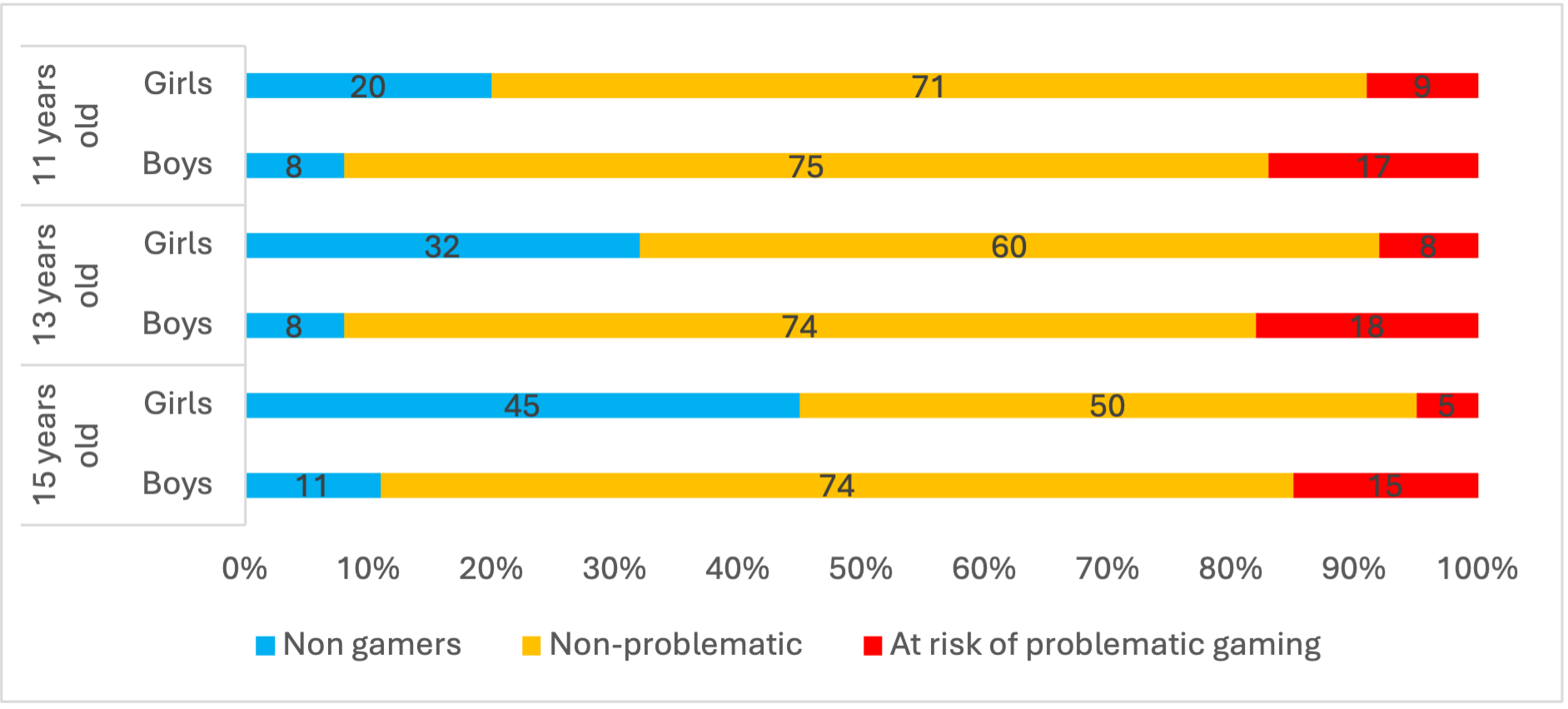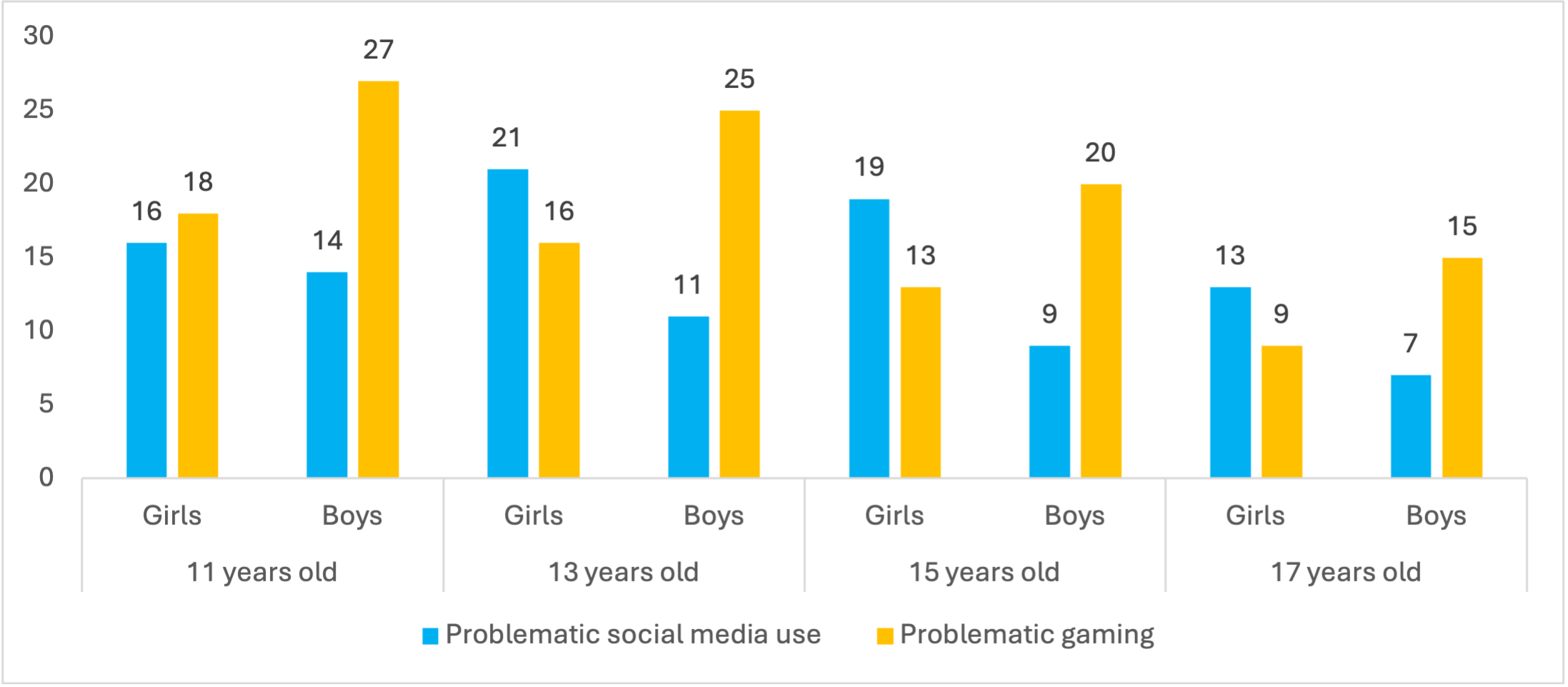Young people around the world face many challenges both online and offline: adolescent use of digital technology has emerged as a pivotal area of research and concern around the world. Fortunately, numerous associations are monitoring and investigating the potential effects that using these technologies can have on adolescents’ well-being.
Among the most important collaborative projects, the Health Behaviour in School-aged Children (HBSC) survey plays surely a relevant role. HBSC is a school-based survey carried out every four years in collaboration with the WHO Regional Office for Europe. It tracks, monitors and reports on self-reported health behaviours, health outcomes and social environments of boys and girls aged 11, 13 and 15 years. The most recent survey (2021/2022) was conducted across 44 countries and regions of Europe, central Asia and Canada, thus painting one of the most complete pictures of adolescents’ life around the world. HBSC has recently published a report regarding how adolescents use social media and gaming, providing numerous interesting insights.
Social media use among adolescents has increased significantly in recent years. Beyond adolescents who use social media continuously, those with problematic social media use tend to have difficulty controlling their social media compulsions and feel distressed when their use is restricted. The outcomes associated with continuous and problematic social media use are distinct, so the concepts need to be assessed and monitored separately.
Overall,36% of adolescents report staying in online contact almost all the time throughout the day with friends and others. Girls, especially at age 15, exhibited the highest levels of online engagement, showing the fundamental role that social media plays in maintaining friendships. A quarter (26%) of adolescents reported having continuous online contact (almost all the time throughout the day) with close friends, 12% with friends from a larger friend group, 7% with friends they met online and 16% with people other than friends. Continuous online contact with close friends increased with age for both genders but remained stable across age groups for the other friendship categories (Fig. 1).

Overall, 11% of adolescents reported problematic social media use, with girls showing higher prevalences (13%) than boys (9%). These differences varied by country, but in general girls reported higher problematic social media use, signaling how this behavior interest females the most. In particular Malta and Romania showed the highest prevalences, while Hungary and the Netherlands the lowest (Fig. 2).

Thirteen countries and regions included questions on online gaming in the 2021/2022 HBSC survey. Gaming is a prevalent pastime for adolescents, serving as a digital nexus for engagement, creativity and interpersonal connectivity. Nevertheless, some inherent characteristics of digital gaming, such as intensive reward systems, have given rise to heightened concerns regarding the potential for problematic usage patterns. For this reason, it’s important to distinguish between frequency and problematic (addictive-like) gaming, as these behaviors can have different outcomes.
Overall, a third (34%) of adolescents reported playing games every day and a fifth (22%) played for at least four hours on the days they played games. Daily gaming peaked at age 13for boys and 11 for girls. Among girls, 26% of 11-year-olds reported that they played online games daily. This decreased to 21% at age 13 and 16% at age 15.For boys, 46% of 11-year-olds, 48% of 13-year-olds and 42% of 15-year-olds reported daily gaming. There was a substantial increase in the proportion of boys who reported playing games for at least four hours a day between 11- and13-year-olds (from 24% to 31%), but the proportion of girls gaming for at least four hours a day remained stable across the age groups (Fig. 3).

Most adolescents were classified as non-problematic gamers (68%). A fifth (20%) were classified as non-gamers and 12% as being at risk of problematic gaming. Overall, digital gaming was more prevalent among younger adolescents (Fig. 4), with the highest risk of problematic gaming being found among 11-year-olds (13% compared with 10% at age 15). Boys and girls differed in their involvement in gaming, with the differences increasing with age. Specifically, gaming decreased among girls with age while levels of non-problematic gaming remained stable among boys.

HBSC has also collected data on Italian adolescents, with its recent survey comprising also 17 years old. The Italian HBSC team has also recently produced a report focusing specifically on digital technology use, which shows that Italian adolescents use social media and play digital games in a similar fashion to other young people across the world. In fact, girls report higher problematic social media use symptoms, while boys report higher problematic gaming (Fig. 5).

The HBSC survey highlights how digital technologies are ubiquitous in adolescents’ life, both worldwide and in the specific Italian context. It is thus necessary to understand how young people can unite their connection needs with a safe and responsible use of these technologies. There must be a call for policy makers, regulators and companies to implement age-appropriate guidelines and dismantle the addictive mechanisms that constitute part of todays’ digital life.Adolescents should aim for a healthy balance between online and offline activities, pursuing balanced routines in terms of sleep, physical activity and social connection with peers. In this sense parents play a fundamental role in guiding their children’s lifestyle. This can be done both by using digital mediation instruments and by setting a good example to follow.